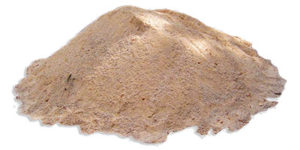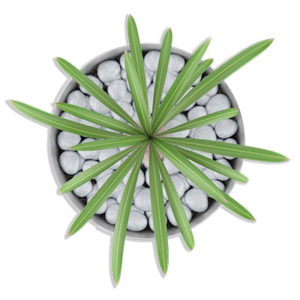Drought Tolerant Front Yard
The classic front yard is a lush, green expanse that stretches from porch to street. That’s great if you live in New England. In sun-drenched, rain-light places like Santa Clarita and Simi Valley, it’s a recipe for water waste and high bills. Those grass lawns demand substantial irrigation just to survive in Southern California, let alone thrive. A drought tolerant front yard is a much more practical and environmentally conscious decision. So alternative do you have?
Xeriscape Your Lawn
When you xeriscape your lawn, you’re making a conscious decision to limit your environmental impact. Xeriscaping starts from the assumption that you can’t landscape a desert the same way you landscape water-rich environments with good topsoil. Instead, xeriscaping aims to squeeze the most value out of every drop of irrigation water. It does this with a savvy combo of plant selection and no water zones.
Plants
 Some plants need more water than others and grass needs more than most. Even modern strains that were created specifically for low-water consumption still soak up the H2O. Xeriscaping turns its eye first to native plants. After all, many plants adapted to survive perfectly well in the desert. Some of them, like Point Sal Purple Sage and Lupine, are quite beautiful.
Some plants need more water than others and grass needs more than most. Even modern strains that were created specifically for low-water consumption still soak up the H2O. Xeriscaping turns its eye first to native plants. After all, many plants adapted to survive perfectly well in the desert. Some of them, like Point Sal Purple Sage and Lupine, are quite beautiful. For more exotic fare, xeriscaping experts look across the oceans to similar climates. Parts of Australia and the Middle East resemble the SoCal climate quite well. Australian fuchsia or African daisies are always a nice choice. The plants there also learned to survive in hot, dry conditions, which makes them ideal transplants. Both options give you the chance to enjoy some plant life without the high water consumption.
No Water Zones
Perhaps the single smartest water conservation move in all of xeriscaping is the inclusion of no water zones. These are areas that make use of concrete, brick and natural stone to create decorative features. For example, you could use decomposed granite or brick to make paths in your front yard. Decomposed granite even comes in colored varieties that let you color match to your home.
You can use natural stone like granite to build small walls or benches. You can use gravel to set off sculptures or free-standing gazing balls. You can even use colored glass gravel to mimic the look of water in your yard. The right combination of blue and green glass gravel will give leave guests with the feeling their visiting the Caribbean. The upshot is that none of these materials require irrigation, which reduced your total water load for yard maintenance.
Creating a drought tolerant front yard for your Simi Valley or Santa Clarita home isn’t just bowing to some landscaping fad. It’s a decision to acknowledge that SoCal has a fundamentally different environment with different needs. Xeriscaping lets you act as a better steward for the environment by cutting your water consumption. It also provides a way for you to enjoy the beauty of plant life around your home with options like Lupine, the African corn lily or Australian fuchsia.
[wpforms id=”7151″]

